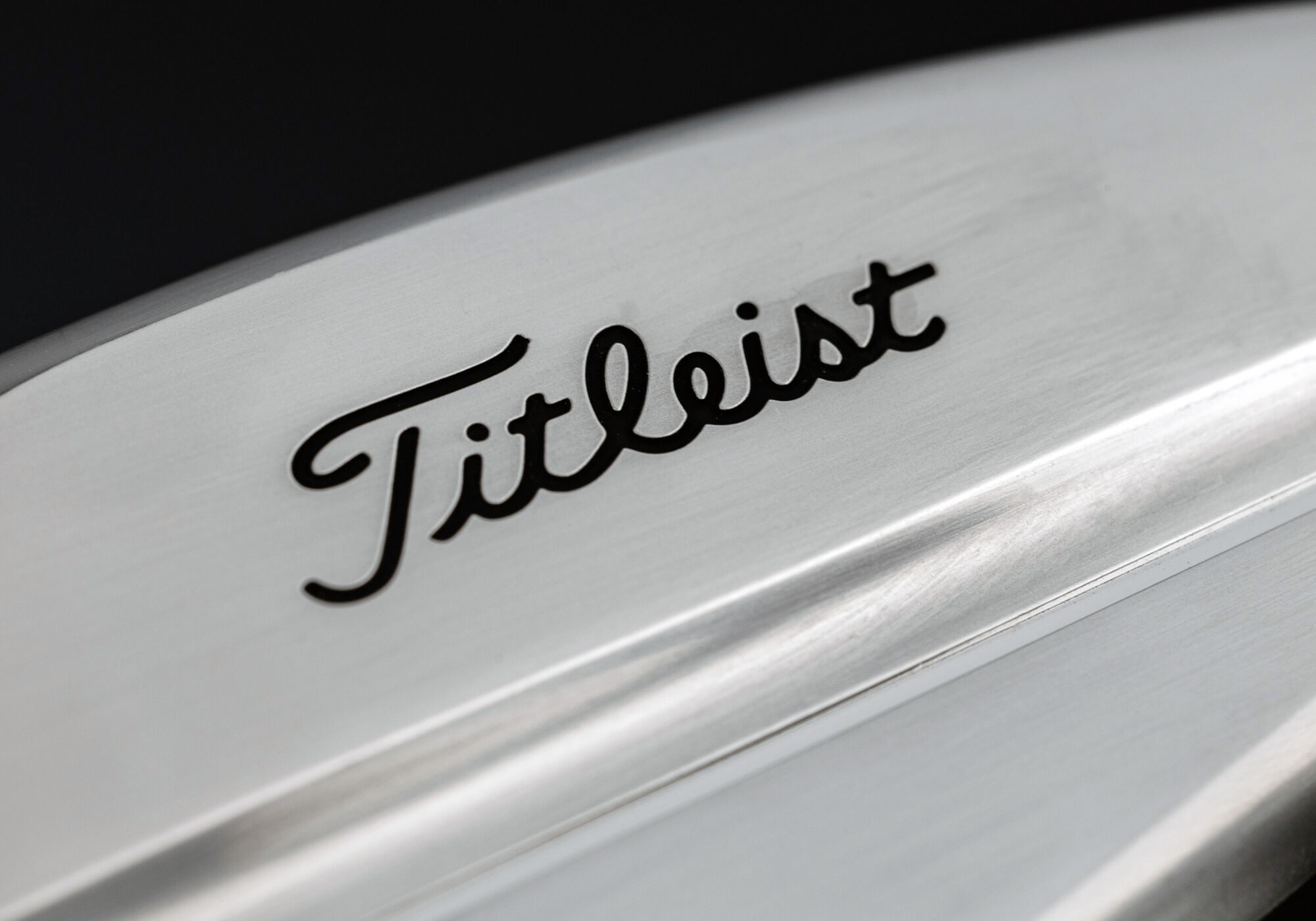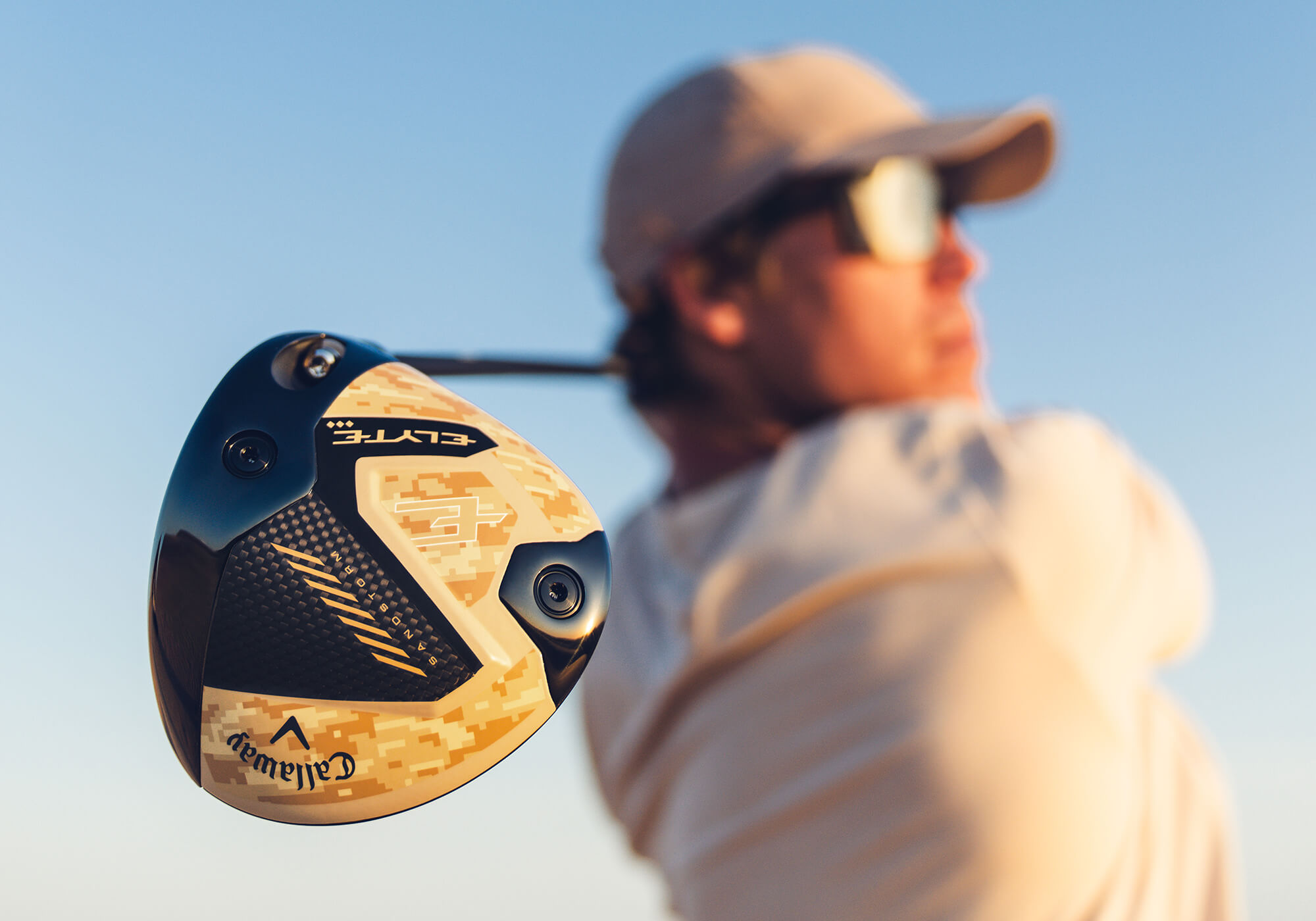Golfing News & Blog Articles
Five Key Takeaways From Acushnet And Topgolf Callaway Q3 Financials
We hear so many conflicting stories about the state of the golf industry as we steam toward the close of 2025.
No one is happy about pricing. On that we can agree. However, we hear from industry sources that year-to-date sales are up eight percent through the end of August. We also hear that those numbers reflect dollars, not actual volume.
Depending on with whom you talk and what their angle is, it’s either unicorns and show ponies or that impending doom is right around the corner.
Folks, neither is true.
As you know, we faithfully follow the quarterly reports from Acushnet and Topgolf Callaway, golf’s two biggest publicly traded beasts. The cool thing about reading those reports is that numbers don’t lie. Rosey scenarios aside, the numbers are the numbers.

With all that in mind, let’s dig into the Q3 financial reports from both Acushnet and Topgolf Callaway, and see what they can tell us.
Before we do, however, it’s time for our quarterly CYA disclaimer:
We are not, nor do we claim to be, financial experts, investment counselors or Wall Street-level business analysts. We’re simply golf industry geeks who like to read.
Fair enough? Good. Let’s get to it.
1: The post-COVID boom is sooo over … sort of
Those halcyon days of 2021 through 2023, when golfers new and old were buying gear like it was their job, are long, long gone. The big quarterly sales jumps and big net profits that make investors lose their minds and open their wallets are no more.
But, still, the numbers are pretty friggin’ big.

Topgolf Callaway, for instance, is reporting Q3 sales of $934 million. That’s down nearly eight percent from last year but there’s an asterisk called Jack Wolfskin. Topgolf Callaway sold the European outdoor sports brand this year. When you back out Jack Wolfskin’s sales from last year’s quarterly number, Topgolf Callaway sales are actually up three percent.
Acushnet is reporting sales of $657.7 million for the quarter. That’s up six percent over last year.
Here’s the interesting thing. If you compare the two companies’ Q3 sales from this year with Q3 sales from 2021 through 2023, they’re about the same, if not a touch higher. The difference is that in 2021 through 2023, we’d see equipment sales jump by double-digit percentages. We’re not seeing that now.

What we are seeing is that sales figures are holding steady and, in the case of Acushnet, rising steadily.
Doom and gloomers can just settle down. The sky isn’t falling. Sure, we can infer that a portion of those sales figures is due to higher prices but there isn’t a company in the industry that wouldn’t gladly take those numbers.
2: But it ain’t all sunshine and rainbows
Acushnet generally provides more detail than Topgolf Callaway as to why a particular segment is up or down. For example, Titleist golf equipment Q3 sales rose 5.7 percent compared to last year, to $427 million. Acushnet credits the increase to higher average selling prices across all golf club categories, as well as to higher sales volumes of 2025 Pro V1 golf balls. It also credits higher volumes of the new T-Series irons and second-year model SM10 wedges, which were partially offset by lower volumes of second-year GT drivers and fairways.
Note that first item: higher average selling prices.

Topgolf Callaway doesn’t break its numbers down to that degree but it does add some context. Golf equipment sales for the quarter were up four percent compared to last year to $305.3 million. The report does note, however, that operating income for the segment decreased due to $8 million in tariffs. Topgolf Callaway says that hit was partially offset by what it calls “gross margin and cost savings initiatives.”
If we run that through the Business-To-Plain-English translator, it means “higher selling prices and corporate-wide belt-tightening.”
The question, of course, is how much of the sales increase was due to demand for new clubs and how much of it was due to higher selling prices. In theory, a company can offset stagnant volumes with higher prices almost indefinitely. Declining volume and higher prices can be sustainable for a while but it will require some action, such as the aforementioned corporate-wide belt-tightening or a new, must-have product line.
What you don’t want is stagnant volume and declining prices or even worse: increasing volume with declining prices. Those kill margins, profit and, ultimately, the business.

#3: Speaking of profits …
Quarter to quarter, Acushnet is one of those companies where its lows are infrequent (and never all that low) and its highs are modest but unrelentingly steady. Q3 net profit comes in at $48.5 million, down nearly 14 percent compared to last year. Year-to-date profit, however, stands at $223.4 million (on sales of $2.08 billion), up nearly four percent over the first nine months of 2024.
While a 14-percent drop in quarterly profits is startling, don’t forget that it’s still a profit. Acushnet cites an increased tax expense of nearly $15 million as the primary factor.
Topgolf Callaway, on the other hand, is reporting a $14.7-million net loss for the quarter. The company says $12 million of that loss is attributable to incremental tariffs on golf equipment and apparel, as well as loss of operating profit due to the Jack Wolfskin sale.

Year-to-date, Topgolf Callaway’s GAAP (Generally Accepted Accounting Principles) shows a profit of $7.7 million on $3.14 billion in sales. That profit is down an astonishing 88 percent from last year.
To get a clearer picture of Topgolf Callaway’s relative health, one needs to consider EBITDA (Earnings Before Interest, Taxes, Depreciation and Amortization). EBITDA reflects the relative effectiveness of the sales operation and shows profits before the finance department starts doing Wharton Business School things.
Q3 EBITDA stands at $114.4 million (down slightly from 2024), while YTD EBITDA is $477.5 million, which is also down slightly from 2024. Considering tariffs, higher costs and market headwinds, that’s not bad.

#4: Topgolf turns around but FootJoy keeps stumbling
For the first time in over a year, Topgolf is reporting an actual increase in same-venue sales. It isn’t much, only one percent, but it’s an increase, nonetheless.
Topgolf’s Q3 revenue was up four percent (to $472 million) over last year. Much of that is due to the opening of six new venues between then and now. The good news, however, is that for the quarter, same-venue sales increased by one whole percent. That doesn’t sound like a lot, but Topgolf has been experiencing same-venue sales decreases in the high single digits to low double digits for six of the last eight quarters.

The company says value programs such as Sunday Funday and Half-Off Monday-Thursday drove an increase in walk-in, one- and two-bay business.
As the corporate split looms, one can sense a sigh of relief at Topgolf HQ.
There’s a similar sigh of relief at FootJoy, sort of.
For the first time in nearly two years, FootJoy showed a quarterly sales increase. Its $136.5 million in sales is up four percent over last year. However, the company says the increase is due to higher prices across the board. Higher volumes of apparel were offset by lower volumes of footwear.
Overall, however, FootJoy has posted quarterly decreases in nine of the last 12 quarters.

The year-to-date numbers reflect that trend. Total FootJoy sales total $468 million through the first nine months of 2025. That’s down nearly three percent from 2024, which was down slightly from 2023.
There’s definitely a volume decline going on but it’s being offset by higher average selling prices. Despite the drop, FootJoy still holds the top spot in the shoe and glove market share but new competitors in both categories appear to be slowly eating away at volume.
#5: A positive outlook for both companies?
Both Acushnet and Topgolf Callaway revised their 2025 outlook upward following their Q3 reports. Acushnet had been anticipating 2025 revenue to reach $2.5 billion. It now projects sales to reach $2.52 billion to $2.54 billion. That may not sound like much but it’s an increase of $20 million to $40 million. Some companies would kill for that.

Topgolf Callaway’s revision is even more stark. Previous guidance was $3.8 billion to $3.9 billion. Now it projects a floor of $3.9 billion to a high of $3.94 billion. That’s a potential floor-to-ceiling swing of $140 million.
Upward guidance like that tends to make investors wet themselves in glee. Acushnet stock prices rose 3.2 percent in trading, while Topgolf Callaway prices surged over 4.6 percent.
Two parting thoughts
With the upcoming Topgolf and Callaway split (which should happen by Q2 of next year), it’s interesting to see how Callaway’s core business stacks up against Acushnet.
Year-to-date, Callaway’s combined Golf Equipment and Active Lifestyle business unit sales top $1.785 billion. Acushnet sales, on the other hand, total $2.08 billion. Callaway sells more golf clubs than Titleist but Titleist sells a lot more golf balls than Callaway. FootJoy, despite its troubles, still outsells Callaway’s Active Lifestyle brand by a considerable amount, as Callaway isn’t a player in footwear.

Just for giggles and grins, we decided to throw another player into the field for comparison. Mizuno is publicly traded on the Tokyo Stock Exchange and is a global player in baseball, volleyball, running and, of course, golf.
From what we could find (while converting yen to dollars), Mizuno’s overall global sales year to date total $840 million. Golf sales are $125 million to $130 million of that total. Golf sales in the Americas division (the U.S., Canada and Latin America) are approximately $67 million for the first nine months of 2025. That’s up 5.1 percent over the first nine months of 2024.
By comparison, Titleist sold $202 million worth of golf balls in Q3 of this year alone.
Now there’s some perspective, friends.
The post Five Key Takeaways From Acushnet And Topgolf Callaway Q3 Financials appeared first on MyGolfSpy.


